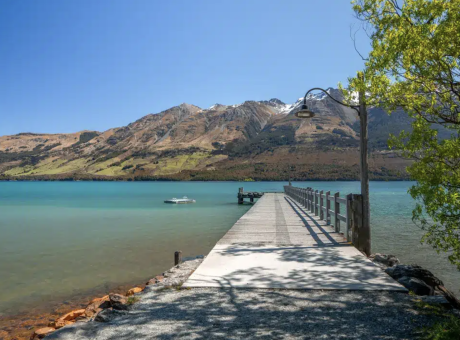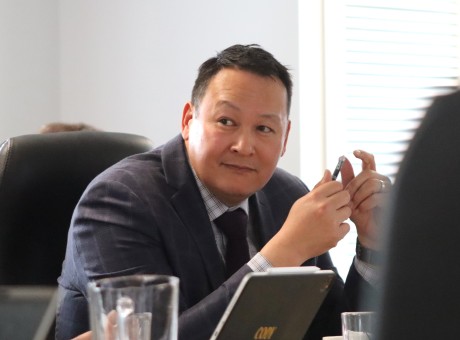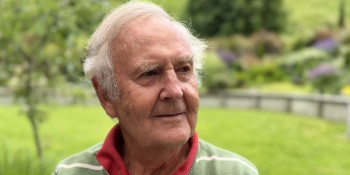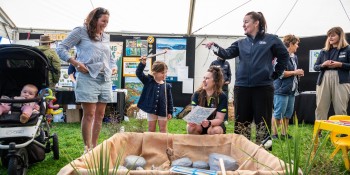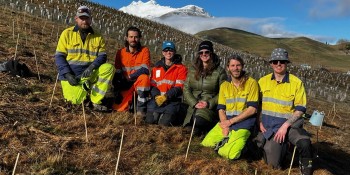Runway decision delayed for proposed Tarras airport

Residents of the Upper Clutha will need to wait a bit longer to find out if jet aircraft will travel directly over their properties if the proposed international airport at Tarras is built.
Christchurch Airport had given itself a deadline of the end of this year to decide which of two potential runway alignments – one to the Lindis Valley and Lake Dunstan, the other to Hāwea and Lake Dunstan – it prefers.
But it’s set to miss that deadline.
The airport’s project director Michael Singleton says he knows there’s a “high-level of interest” in this.
"We’ve worked hard to be in a position to release this information pre-Christmas but still have some more work to do.
“These are critical building blocks to get right and it’s important our experts are able to take the time they need to complete their analysis.”
It will now be early next year before a decision on a preferred runway alignment is made, he says.
“We’re making plans to ensure this is well communicated, particularly to those who live closest to the site.”
Last year, the airport released a preliminary aeronautical assessment of the site at Tarras proposed for its new airport.
The assessment considered flight tracks, aircraft heights, and runway lengths.
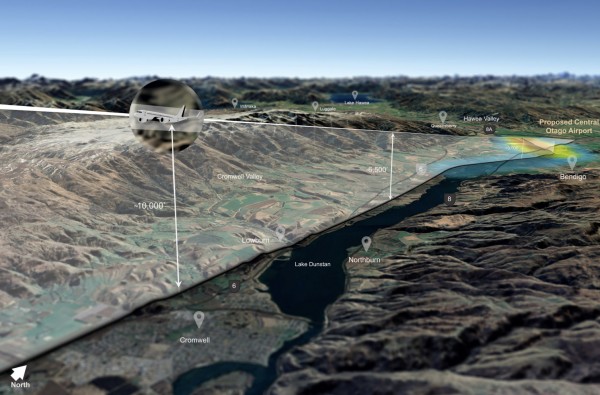
Property owners in Cromwell and the Upper Clutha will need to wait a little longer to find out if they'll be in the path of jets at the proposed new Tarras Airport.
But “reviewing, testing and challenging” of that preliminary assessment is necessary to make a decision, the airport says.
Top of mind will be which alignment is safest, trumping noise, emissions and landscape considerations, it says.
Whatever the option chosen, Cromwellians can expect jets taking off and landing over the town and Lake Dunstan, if the airport gets built.
Also underneath either flightpath, the Bendigo Wetland, a habitat for the Crested Grebe.
Marilyn Duxson, a spokesperson for Sustainable Tarras, a group opposed to the creation of an international airport in Tarras, says the exact direction by which any aircraft at the proposed airport takes off or lands "makes absolutely no difference to us".
Members of Sustainable Tarras, mainly local home and business owners, don't want either of them, she says.
"We're not surprised they've pushed out the timetable. It's not the first time they've said they'll do something at a particular time and it's been much later.
"I guess it just continues the thing we feel Christchurch Airport has done repeatedly, which is to leave locals completely in the dark about what's going to happen to them, so we can't really plan our lives."
Christchurch Airport active in regional planning
Meanwhile Christchurch Airport is putting evidence in front of the Otago Regional Council to convince it to change some of a new proposed policy statement to better pave the way for a potential airport at Tarras.
The airport owns a “significant” chunk of land in Otago, and Mr Singleton says it’s not hiding the fact it’s taking “an active interest” in this type of regional planning.
Community consultation is underway on the ORC’s Proposed Otago Regional Policy Statement – it’s the overarching planning document for the region, setting the direction for future management of natural and physical resources.
The airport’s made a submission, along with hundreds of other organisations and individuals, and has since submitted two Statements of Evidence for a future hearing that will be held as part of this process.
Mr Singleton says “as there’s a hearing scheduled for the near future, we won’t comment further at this time”.
However, the two documents have just been made public on the ORC’s website (you can read them under ‘C’ in the menu).
The first is from Rhys Boswell, the airport’s strategy and sustainability boss.
In it, Mr Boswell points out the ORC’s new planning document, when it talks airports, limits its definition of “Regionally Significant Infrastructure” to a “limited list of existing airports and airfields”.
There’s no “clear rationale” for such a limited scope, Mr Boswell says.
And it doesn’t suit Christchurch Airport.
It’s proposing it’s “critical” the “definition accounts for potential new infrastructure of regional significance which may be planned or built in the lifetime” of the regional policy statement.
The second evidence on behalf of the airport is from regional planning consultant Matthew Bonis, and it backs up Mr Boswell’s view the regional council’s significant infrastructure definition is too constrained.
The ORC’s approach “lacks clarity and is not future focused” and “could prelude the ability for new airport proposals” within the region, his evidence says.
Sustainable Tarras has also managed to put its thoughts in front of decision makers in the regional planning process.
It's largely unhappy with Christchurch Airport's suggested amendments to the proposed regional policy statement.
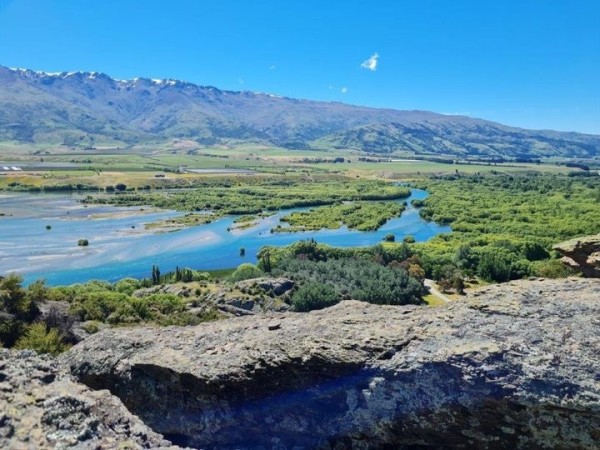
The 290-hectare Bendigo wetlands are home to large numbers of the critically endangered Crested Grebe, and are below the path of jets proposed to land at Tarras if an international airport goes ahead (Image Facebook/Sustainable Tarras).
"We agree they are completely entitled to engage with the (ORC's planning) process, but let's be clear about the things they're saying," Ms Duxson says.
"Their suggested amendments are are almost entirely removing or degrading environmental protections that are currently in place through the current regional plan."
The "gist" of the airport's submission is that they think what they consider to be "major infrastructure" - such as the proposed airport - should be prioritised over "the health and wellbeing of Otago people and Otago landscapes", she says.
The airport has suggested the deletion of an entire section of the policy - EIT-INF-P13 - that relates to locating and managing the effects of infrastructure.
Ms Duxson says this part of the policy prioritises avoiding locating infrastructure in areas with outstanding natural features - think natural wetlands or water bodies - and if the location of the infrastructure in those areas can't be avoided adverse effects must be managed.
"So they want all of that just deleted."







